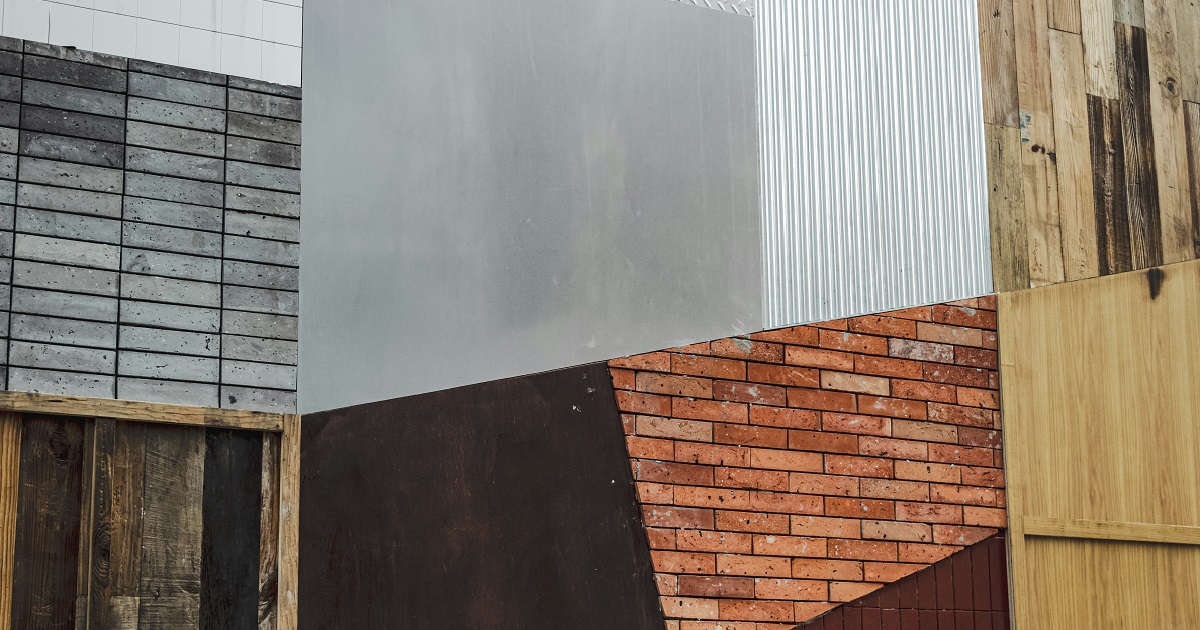Fracture Behavior of Fiber-Reinforced Building Materials
A special issue of Fibers (ISSN 2079-6439).
Deadline for manuscript submissions: 30 November 2024 | Viewed by 6032

Image courtesy of Max van den Oetelaar on Unsplash
Special Issue Editor
Interests: nondestructive evaluation; acoustic emission; ultrasound; reinforced concrete; mortar; building materials; earthquake precursor; concrete aggregates; construction and demolition waste; self-compacting concrete; spalling; flammability; statistical analysis in nondestructive evaluation; neural network in fracture mechanics; structural integrity
Special Issue Information
Dear Colleagues,
Concrete structures are the cornerstone of modern technical civilization. They mainly support city infrastructure as far as the residential environment and the transportation network. However, since concrete elements undergo continuous loading due to their own weight and dynamic forces such as earthquakes, accidental explosions, spalling after fires, and environmental disintegration, there is a need for a holistic approach concerning the type of reinforcement used to enhance concrete as the most commonly used building material. One widely used method that can successfully improve concrete mechanical properties is the addition of different types of fibers with variations of materials, shape, and volume embedded during the mixture. Moreover, besides concrete, many other building materials can enhance their mechanical properties with the appropriate fiber reinforcement.
This Special Issue of Fibers aims to incorporate recent progress in the general field of fiber reinforcement in concrete as well as in other commonly used building materials, focusing on fracture behavior. The improvement of the final properties is usually measured by mechanical testing, with concurrent monitoring by various kinds of non-destructive methods such as acoustic emission, ultrasound, and verification by digital image processing applications.
Dr. Anastasios C. Mpalaskas
Guest Editor
Manuscript Submission Information
Manuscripts should be submitted online at www.mdpi.com by registering and logging in to this website. Once you are registered, click here to go to the submission form. Manuscripts can be submitted until the deadline. All submissions that pass pre-check are peer-reviewed. Accepted papers will be published continuously in the journal (as soon as accepted) and will be listed together on the special issue website. Research articles, review articles as well as short communications are invited. For planned papers, a title and short abstract (about 100 words) can be sent to the Editorial Office for announcement on this website.
Submitted manuscripts should not have been published previously, nor be under consideration for publication elsewhere (except conference proceedings papers). All manuscripts are thoroughly refereed through a single-blind peer-review process. A guide for authors and other relevant information for submission of manuscripts is available on the Instructions for Authors page. Fibers is an international peer-reviewed open access monthly journal published by MDPI.
Please visit the Instructions for Authors page before submitting a manuscript. The Article Processing Charge (APC) for publication in this open access journal is 2000 CHF (Swiss Francs). Submitted papers should be well formatted and use good English. Authors may use MDPI's English editing service prior to publication or during author revisions.
Keywords
- fibers
- concrete
- mortar
- acoustic emission
- ultrasound
- nondestructive evaluation
- restoration
- fracture behavior
- digital image correlation
- structural integrity





